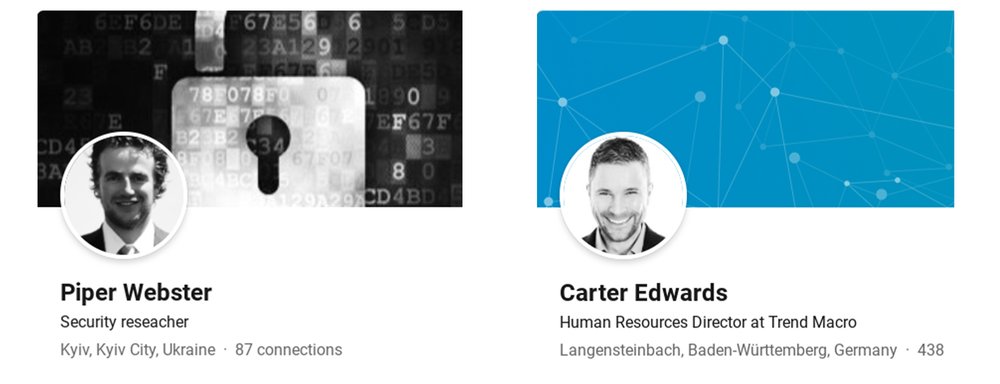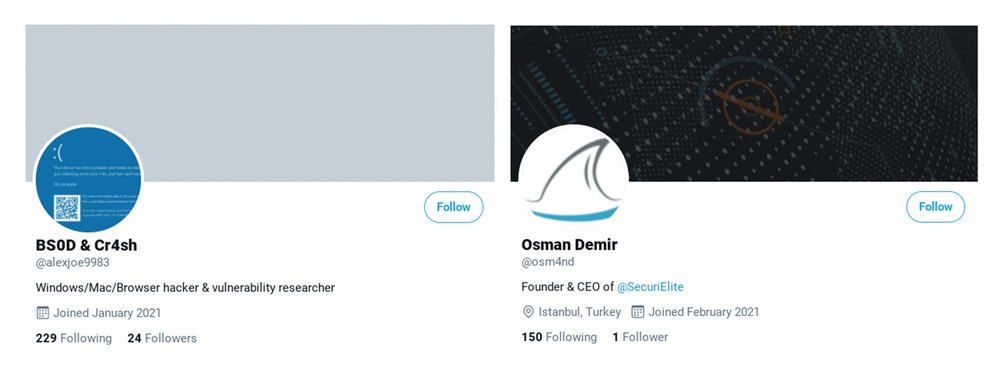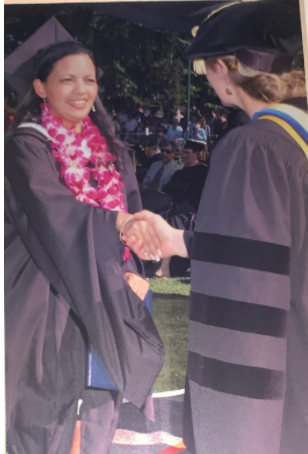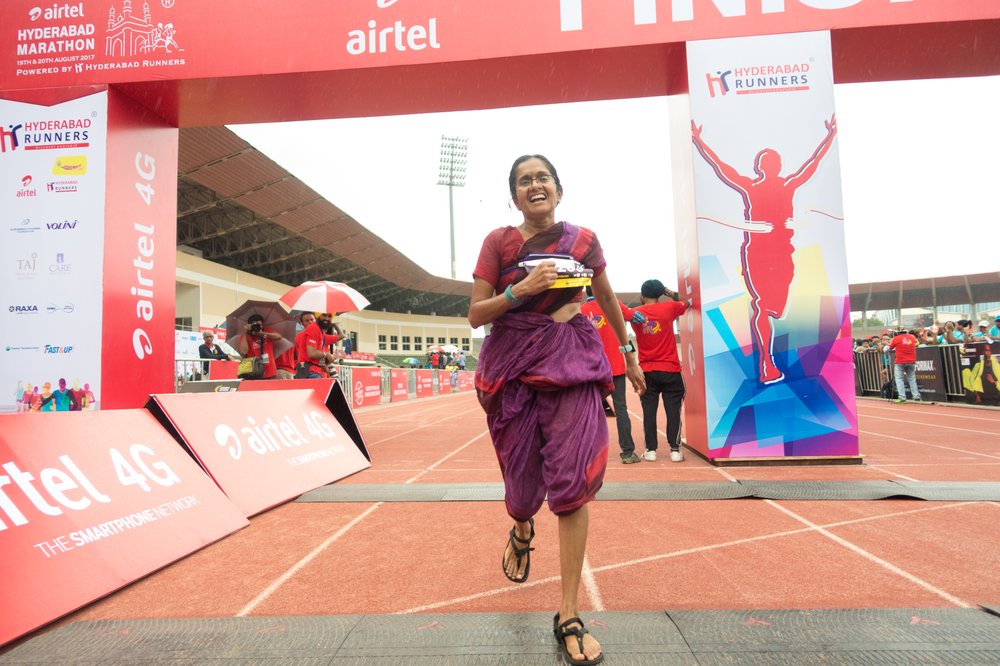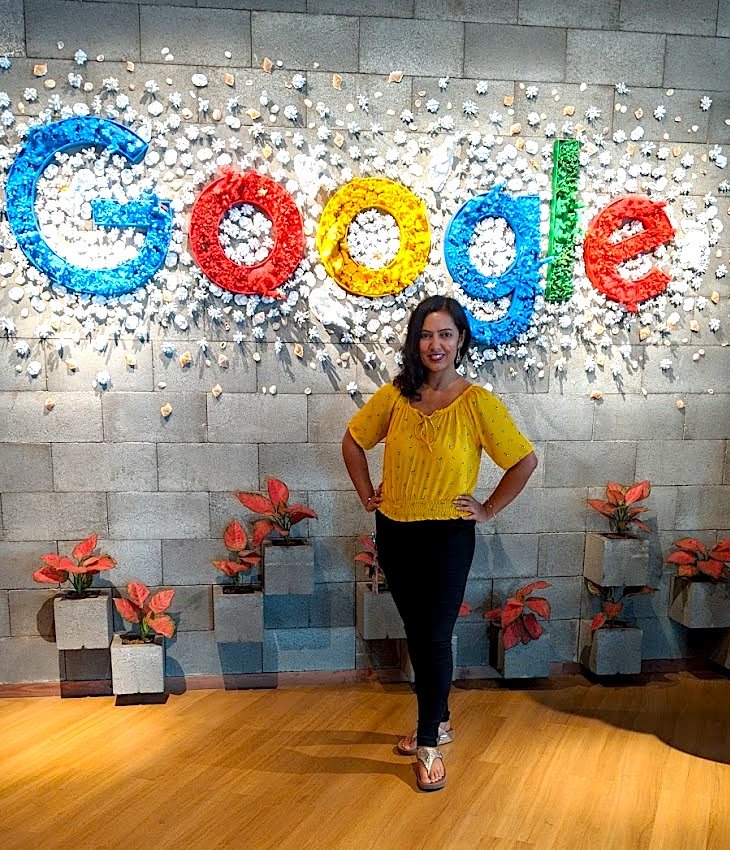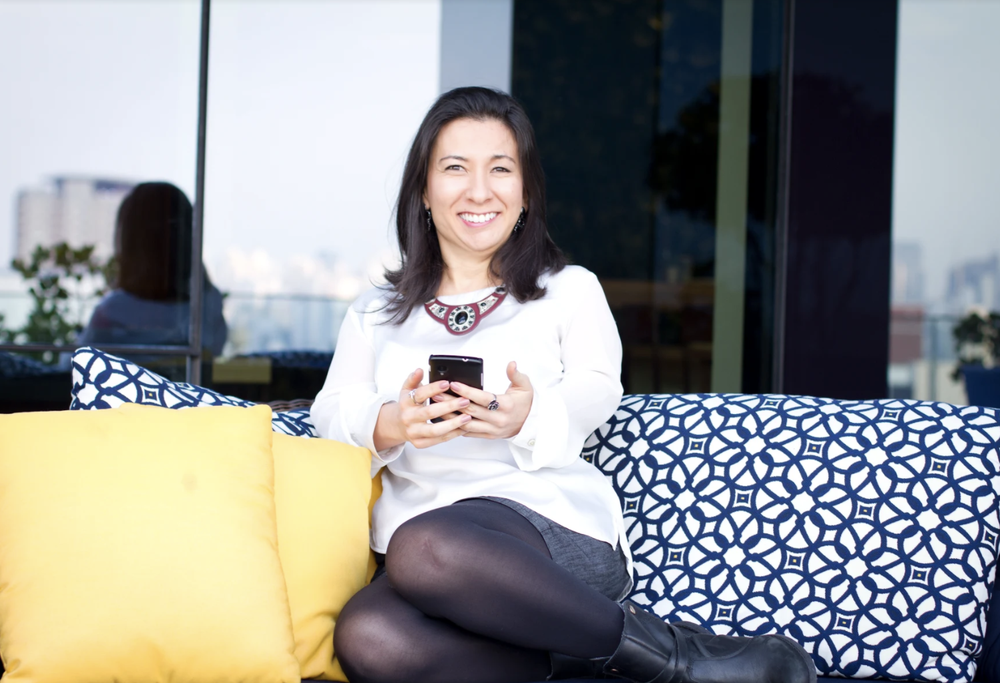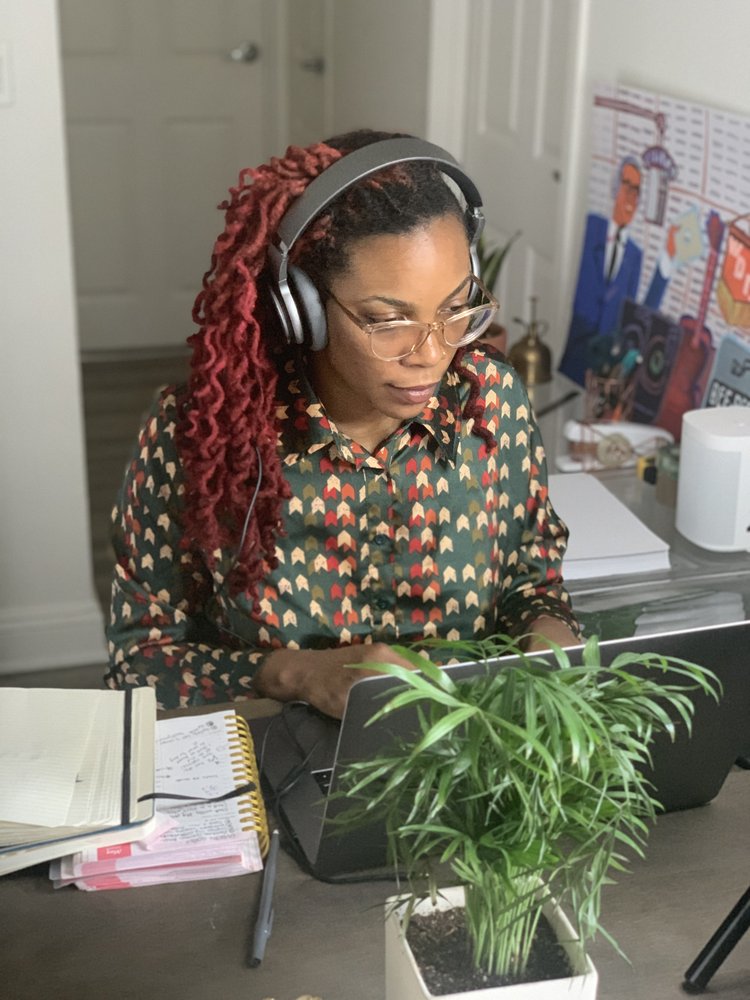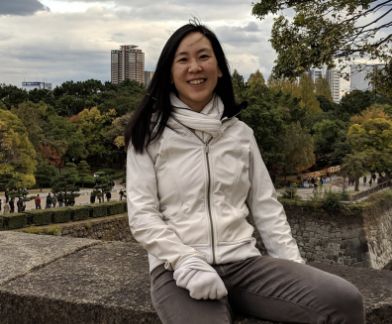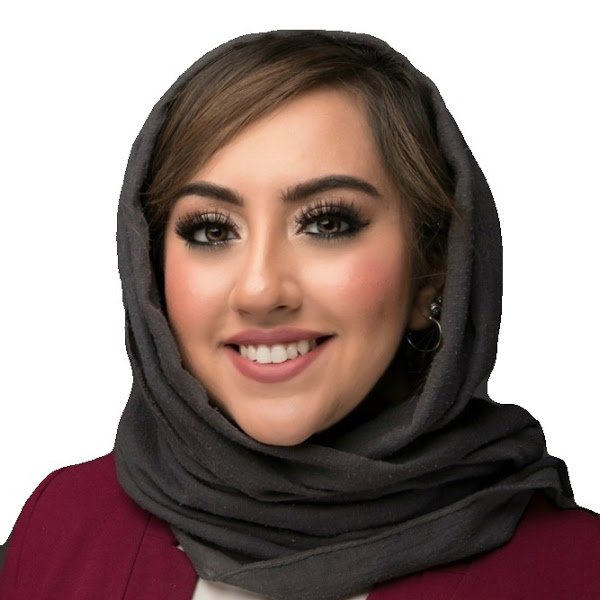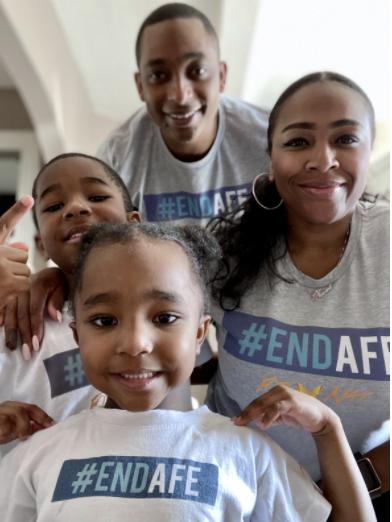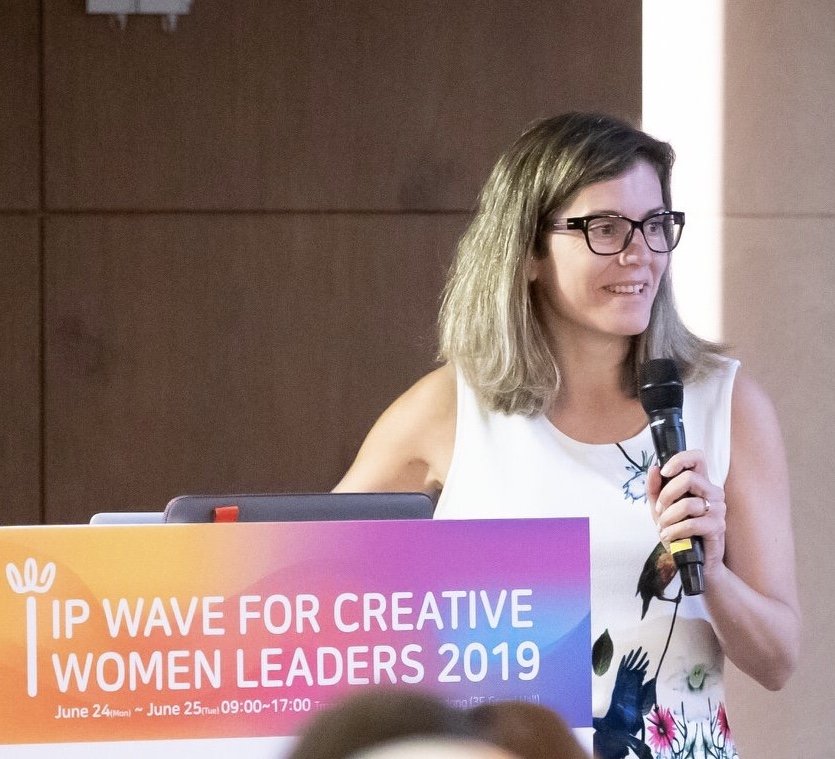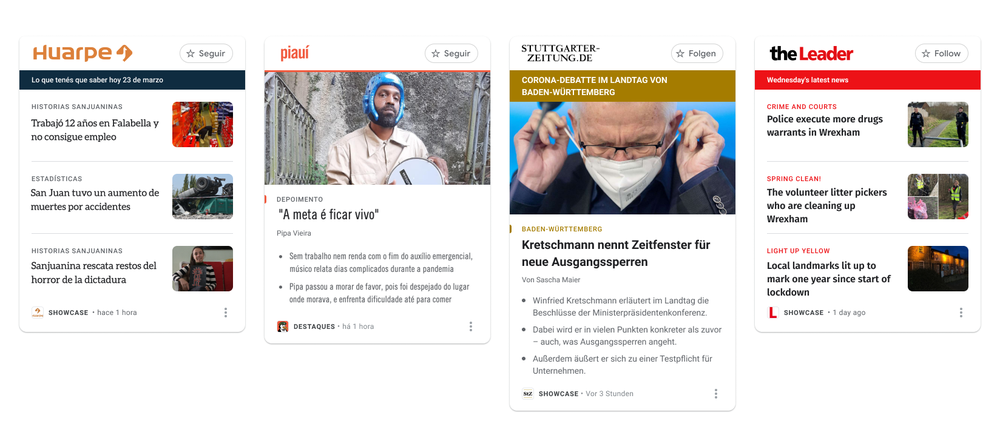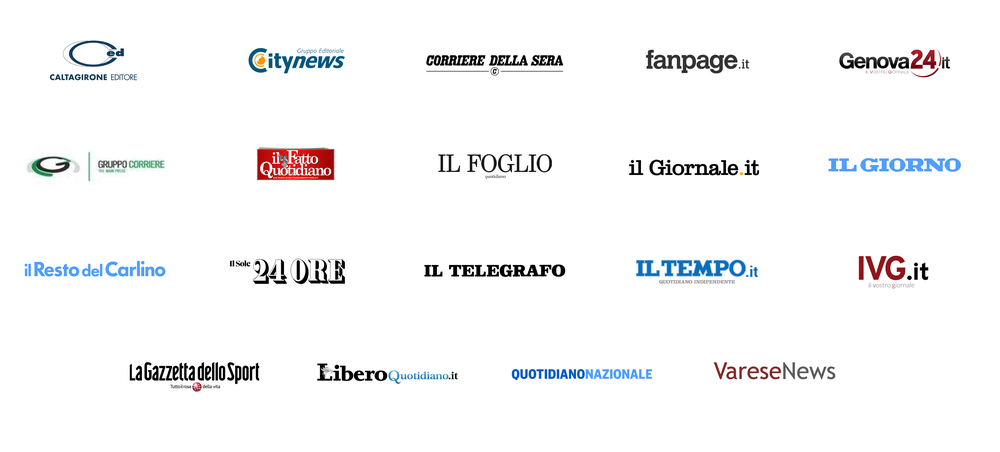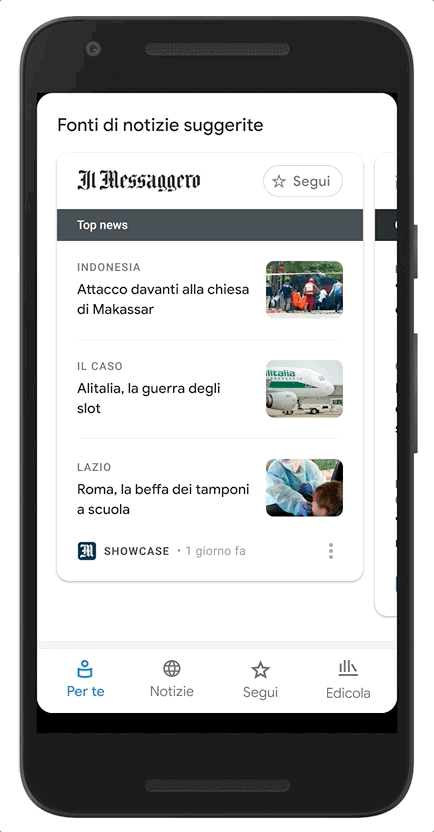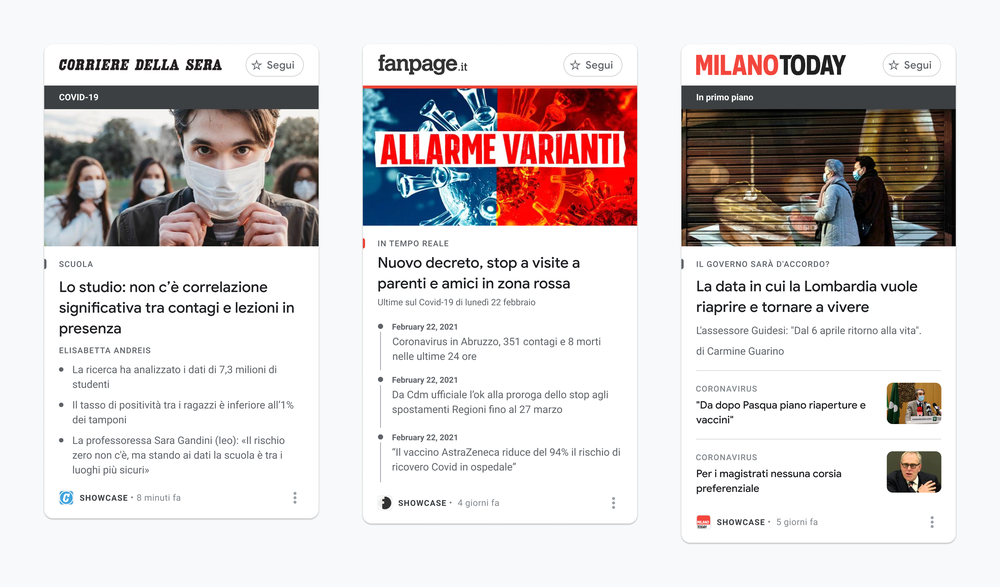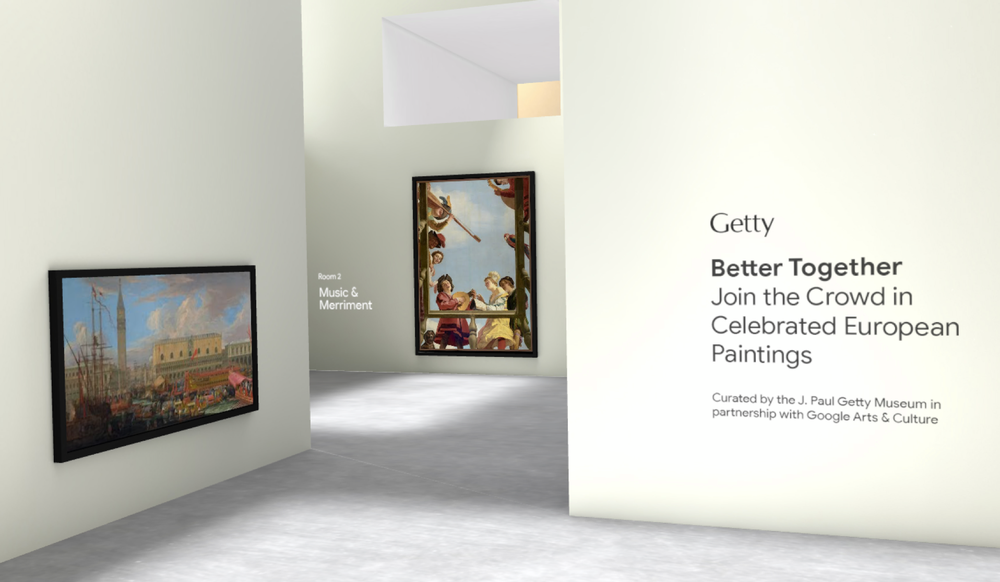Google Play Pass helps you connect with awesome digital content: It’s your pass to hundreds of apps and games without ads and in-app purchases. We wanted to take another moment to spotlight a few of the titles and developers we think you’ll enjoy.
Dive in to the newest games and apps
With this most recent batch of new additions, we’re happy to share that Play Pass now offers access to 800+ games and apps. We’ve added some great, award-winning titles this past month, like:

Football Manager 2021
Make your mark on the beautiful game.
PRICE:$8.99 Free with Google Play Pass subscription
Feel the buzz as you effortlessly craft the perfect squad and tactical setup that’s guaranteed to pick up silverware, wherever and whenever you want. We love the new tactical templates which make finding your perfect style of play, and world domination, easier than ever.

Dead Cells (coming this week)
Kill. Die. Learn. Repeat.
PRICE:$8.99 Free with Google Play Pass subscription
Play as a failed alchemic experiment and explore the sprawling, ever-changing castle to find out what happened on this gloomy island…! That is, assuming you’re able to fight your way past its keepers. If you love ripping monsters to shreds, you’ve come to the right place.

Sago Mini School
The revolutionary curiosity-led curriculum for little learners.
PRICE: Free [No in-app purchases with your Play Pass subscription]
Developed with education and play experts, your child will build math, literacy, science and spatial skills as they discover fun learning games and kid-tested topics. With super fun activities like doodles, tracing, and mazes, you might catch yourself playing without your little ones.

Flockers
Do ewe have what it takes?
PRICE:$1.99 Free with Google Play Pass subscription
Save the sheep by guiding them through 60 levels of crushers, giant buzz-saws, deep pits full of spikes and giant swinging meat cleavers. Word to the wary, don’t get too attached to these cuties. They can’t ALL survive.
Explore the titles we ❤️

Teslagrad
Forge your path through the Tesla Tower.
PRICE:$6.99Free with Google Play Pass subscription
Teslagrad is a 2D puzzle-platformer with action elements where electromagnetic powers are the key to discovering the secrets kept in the long abandoned Tesla Tower. We love, love, love the unique art style and visual storytelling… there’s no text! It’s just you and the game.

The Gardens Between
Embark on a journey that examines the significance of their friendship.
PRICE:$4.99 Free with Google Play Pass subscription
A single-player adventure where you help two friends manipulate time to solve puzzles to find their path forward. This game is quite the emotional journey, so you might want to find a friend to hug (or elbow bump) after it’s all said and done.

Forgotton Anne
Discover a world you won’t forget.
PRICE: Free [No in-app purchases with your Play Pass subscription]
A seamless cinematic adventure with light puzzle platforming. You play as Anne as she sets out to squash a rebellion that might prevent her from returning to the human world. The hand painted environments (chef’s kiss) help make this adventure an animated masterpiece… and a game you won’t (no pun intended) soon forget.

Star Wars: KOTOR
Determine the destiny of the entire galaxy!
PRICE:$9.99 Free with Google Play Pass subscription
Can you master the awesome power of the Force on your quest to save the Republic? Or will you fall to the lure of the dark side? Kudos to Star Wars: Knights of the Old Republic and Aspyr Media, who were featured as Pocket Gamer’s best Play Pass game of the year.
Full list of additions since February 1, 2021:
Premiering on Play Pass:
EVO ISLAND
Fisti-Fluffs
SPHAZE: Sci-fi puzzle game
Role Playing:
Dungeon Village
WitchSpring3
Hero Generations
Education:
English for Kids
Finger Paint Coloring Book
Happy Daycare Stories - School playhouse baby care
Kids Puzzles, Funny Animals #2 (full game)
Mandala Coloring Pages
Sago Mini School
BabyMagica
Coloring Book+
Miffy's World – Bunny Adventures
Strategy:
Action:
Dead Cells
Mental Hospital IV - 3D Creepy & Scary Horror Game
Super Cat Tales 2
Slender Last Sleep
Arcade:
Funky Karts
Orbia: Tap and Relax
Super Oscar Premium
Puzzle:
Flockers
Gunhouse
Hamster Town
Shuttle Shuffle: Aliens Panic
Swapperoo
Faraway: Puzzle Escape
Mystic Pillars: A Story Based Puzzle Game
Pebble Universe
the Sequence [2]
Stranger Cases: A Mystery Escape
Sports:
Simulation:
Casual:
Mega Mall Story
Strawberry Shortcake Food Fair
Strawberry Shortcake Holiday Hair
Adventure:
by James Kavanagh via The Keyword

